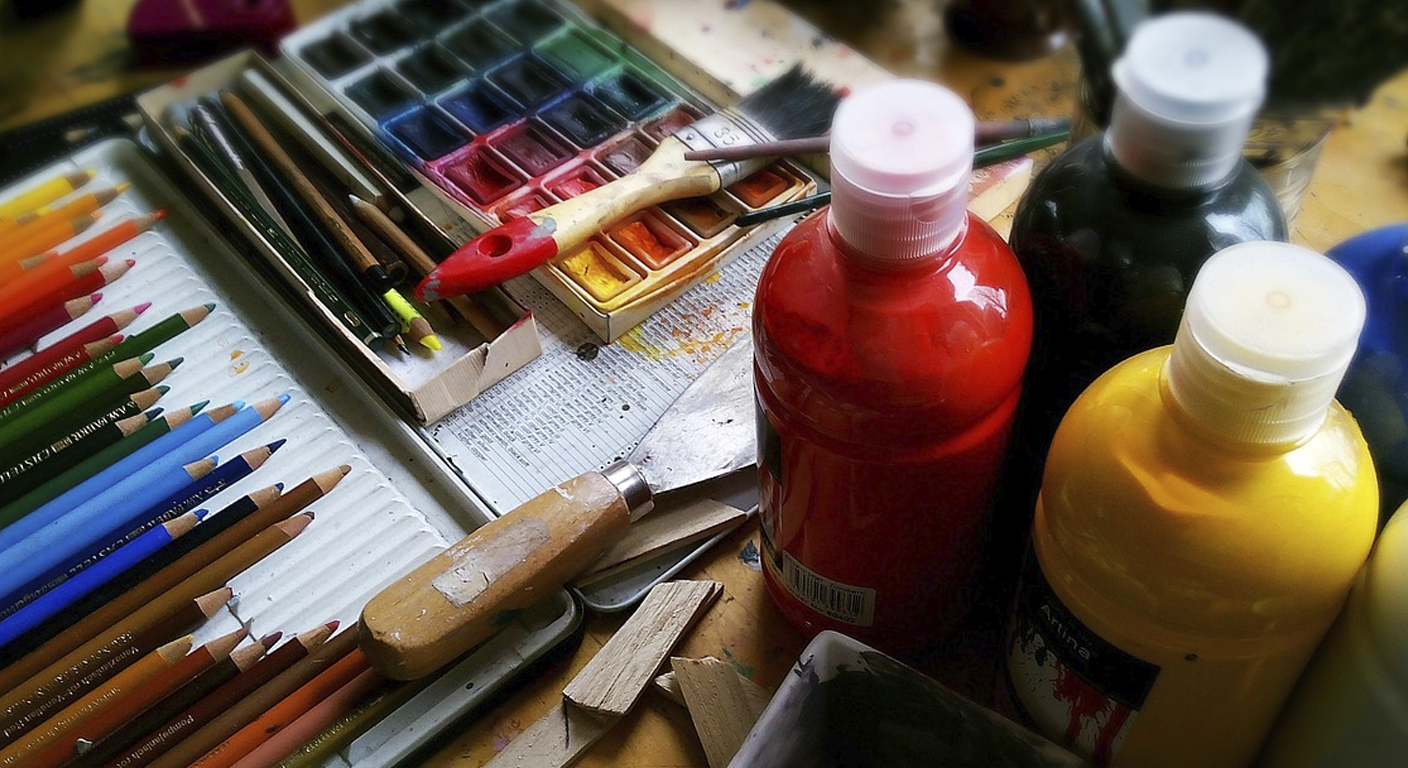
What if the path to becoming a more innovative artist isn’t solely about accumulating new art knowledge or mastering additional techniques, but also about strategically letting go of what you already know? It seems counterintuitive, doesn’t it? We’re taught that mastery comes from diligent practice and adherence to established methods. Yet, in the realm of art and creativity, actively “unlearning” can be a powerful catalyst for profound development.
This isn’t to say that foundational skills are unimportant; far from it. Imagine an architect who never learned structural integrity or a musician who ignores scales. Such approaches would lead to immediate failure. However, for artists seeking to transcend mere replication and truly innovate, there comes a point where the very rules that provided structure can also become creative shackles. The human brain, in its efficiency, loves to form habits and create neural shortcuts. While this makes routine tasks easier, it can inadvertently close off avenues for exploration when applied to expressive endeavors like painting or sculpture.
Unlearning, in this context, doesn’t imply forgetting or discarding fundamental skills. Instead, it’s a conscious process of de-emphasizing, re-evaluating, or deliberately setting aside ingrained methods and conceptual frameworks. Think of it less as erasing a blackboard and more like intentionally blurring a familiar landscape to perceive new patterns within it. It’s about challenging the default pathways your brain takes when approaching a creative problem, forcing it to forge new connections and consider alternative solutions. This cognitive flexibility is a cornerstone of genuine innovation, extending far beyond the canvas or the chisel.
Consider the neural architecture at play. When you repeatedly practice an art technique, whether it’s rendering realistic proportions or mixing specific color palettes, you reinforce particular neural pathways. These pathways become highly efficient, allowing you to execute tasks with increasing speed and precision. However, this efficiency can come at the cost of divergent thinking – the ability to generate multiple, varied solutions to a problem. If your brain is hardwired to always follow the “correct” way to draw a figure, it may struggle to conceive of intentionally distorting it for expressive purposes. Actively unlearning involves disrupting these well-worn paths, encouraging your brain to explore less obvious connections and embrace a broader range of possibilities.
Throughout art history, many of the most impactful shifts have emerged from artists who dared to unlearn the conventions of their time. Take Pablo Picasso, for instance. Before his revolutionary Cubist period, Picasso was a highly skilled academic painter, capable of producing exquisitely realistic works. He understood perspective, anatomy, and classical composition inside out. His move to Cubism wasn’t born out of ignorance of these rules, but a deliberate decision to break them. He unlearned the concept of a single viewpoint, choosing instead to represent multiple perspectives simultaneously. This active defiance of established visual grammar transformed painting and ushered in a new era of artistic growth. Similarly, Jackson Pollock, after mastering traditional representational art, famously abandoned the easel and conventional brushwork. His “drip” painting technique was an unlearning of controlled application and linear narrative, embracing gravity, motion, and chance as primary compositional elements. He challenged the very definition of art creation by unlearning centuries of methodology.
So, how does an artist actively engage in this process of creative deconstruction? One effective approach is through intentional constraints. Try painting with your non-dominant hand, or limit your palette to only three colors you rarely use. Attempt to sculpt a form without any preliminary sketches or a fixed mental image, allowing the material to guide your process. For an artist used to meticulous planning, this might feel disorienting, even frustrating, but it forces the brain out of its comfort zone. Similarly, working in a medium entirely new to you – a painter trying sculpture, or a sculptor experimenting with digital art – can bypass entrenched habits by sheer necessity. These exercises are not about producing masterpieces, but about retraining your mind to approach creative problems from fresh perspectives.
Furthermore, consider stepping away from your usual subject matter or conceptual frameworks. If you primarily work representationally, try an abstract series. If you focus on grand narratives, explore minimalism. The discomfort you might feel is often a sign that you are challenging deeply ingrained habits, pushing past the point where technique becomes an unconscious routine. It’s in this space of conscious effort and deliberate re-evaluation that new ideas germinate, and true creativity flourishes. This process allows artists to not just improve their craft, but to redefine what their craft can be.
Ultimately, embracing unlearning is about cultivating a dynamic mindset that values exploration over rigid adherence. It acknowledges that art is not a fixed destination but a continuous journey of discovery and invention. By periodically shedding the familiar, you create fertile ground for innovation, allowing your art to evolve in unexpected and meaningful ways. What established art rule might you challenge next to unlock new creativity in your painting or sculpture?